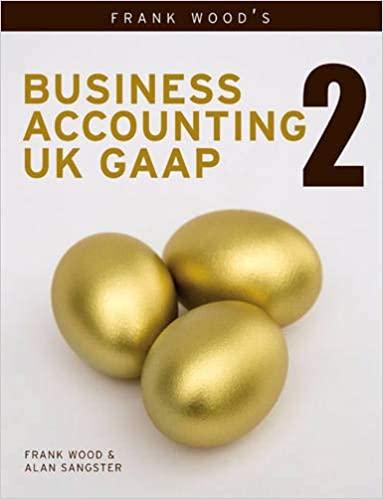Question
Over the past six months political parties have argued whether trillions of dollars of additional spending would create transitory or continuous inflation. With significant inflation
Over the past six months political parties have argued whether trillions of dollars of additional spending would create transitory or continuous inflation. With significant inflation for energy, food, housing, and nearly all consumption in the U.S economy, the Federal Reserve and most economists now see pressures on consumer prices as continuing over the next decade. Government estimates see inflation as 6% per year or higher. As wages normally lag the inflation rate, consumers need to plan for significant increases in pricing.
Required:
1) Created a realistic household budget for the year 2022. Take time to think about, and include all categories of cost such as food, energy, fuel, car, housing, taxes, travel, retirement, and anything else. Some of these items may be temporary fixed cost over time, while others will be very inflation sensitive.
2) Run an analysis using the present value tools we learned in this courseCreate a budget for the year 2027 (five years from now) to examine the effects of inflation overtime. Prepare a comparative budget with four columns. The first column should be in nominal dollars (your 2022 budget). The next three columns should be for a best (3% inflation per year), average (6% inflation per year), and worst case (8% inflation per year) inflation scenarios for the year 2027.
3) Discuss your comparative results. This discussion is well beyond just the numberswhat do these results mean? How will these results affect your life?
Step by Step Solution
There are 3 Steps involved in it
Step: 1

Get Instant Access to Expert-Tailored Solutions
See step-by-step solutions with expert insights and AI powered tools for academic success
Step: 2

Step: 3

Ace Your Homework with AI
Get the answers you need in no time with our AI-driven, step-by-step assistance
Get Started


